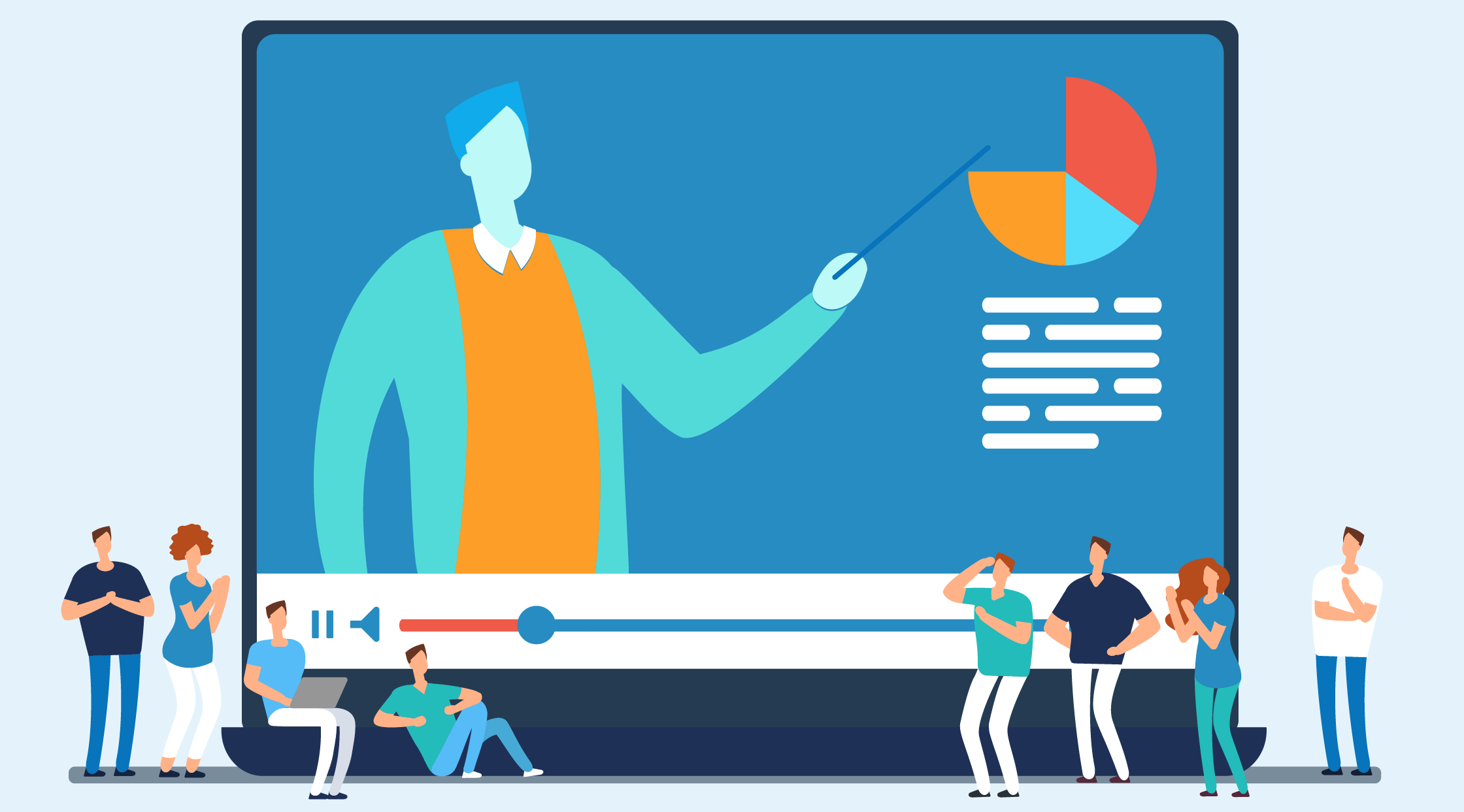
By Mike Newman
While the user-base for video- and web-conferencing solutions has been growing steadily for years, no one could have imagined that, overnight, millions of people would be jettisoned from offices and classrooms into online rooms. Companies including Zoom, Cisco, Microsoft, Google, and IBM have jumped in to help keep students learning and employees communicating and producing.
Not surprisingly, this abrupt shift to a new normal is placing an unprecedented burden on video, audio, and web conferencing infrastructures and, more generally, the internet. As a consequence, the quality of video and audio meetings can be unpredictable and compromised; images freeze, audio cuts in and out, and busy signals are increasingly frequent.
Interestingly, one of the primary culprits exacerbating the load on infrastructures (and the resulting degradation in meeting quality) is that organizations are using small group meeting solutions for large audience events. And, in doing so, they are pulling hundreds, if not thousands of people, onto struggling infrastructures that were not designed for the one-to-many, broadcast use case.
Video, audio, and web conferencing solutions are quite incredible. They have exceedingly low latency and facilitate an incredibly rich meeting experience, which I’d loosely define as a group of 30 or fewer. But, with such focused excellence, comes limitations. These solutions and their infrastructures were not designed to produce and support a high quality, scalable, large audience experience. A quick look at social media and support forums reveals a wide range of risks and sub-optimal experiences when trying to contort meetings solutions for business broadcasts.
I anticipate that we’re on the threshold of government and public outcries for individuals and organizations to be mindful of their internet usage, with policies and guidelines for how to be responsible internet citizens. Already we’ve seen YouTube and other services throttle-down default quality levels. I’ve personally had conversations with the top collaboration providers who are struggling to deal with the mass tsunami of usage caused by covid-19 shutdowns and new, many first-time, users.
The good news is that solutions like webcasting provide exceptional bandwidth efficiency – at very high quality – for video communications that are aimed at larger audiences. In addition to the native format efficiencies, webcasting solutions can often publish to enterprise content delivery networks as well as public peering technologies to shift the delivery burden off of heavily taxed infrastructures.
Our customers – who are really on the cutting edge of all things streaming and networking – have already figured this out. Their CEOs now launch webcasts from home to stay connected to massive workforces who are also now working remotely. They use their webcam and services like Zoom or Webex or Teams as the front end, with MediaPlatform on the backend handling tens of thousands of viewers logging in at the same time and delivering high-quality video to all of them while using the lowest possible bandwidth.
Last week, for instance, we observed three separate customers use their conferencing solutions as a video source that was then transcoded and webcast using peer-assisted delivery to reach audiences of 33,000, 45,000, and 19,000. While a small sample set, these three webcasts still represent nearly 100,000 people that weren’t tugging on the same infrastructure that our kids were learning on and our colleagues were meeting on.
The internet and critical content delivery infrastructures are bursting at the seams. Whereas last week, our civic duty required exhibiting responsible social distancing, within the next few weeks I predict we’ll be talking about how to be responsible internet citizens and how to use the solutions that keep us all connected, informed and productive as judiciously as possible.
We’re here to tell you that you can use premium-quality video to communicate to audiences in the hundreds or even thousands while using a tiny fraction of the bandwidth that your remote schooling kids at home are using today.
Remember: webcast your large meetings and help save the internet.